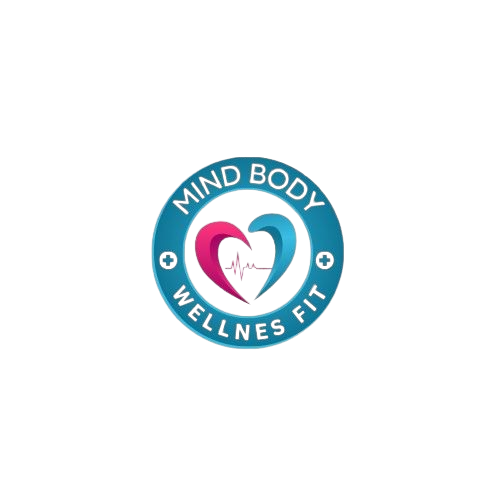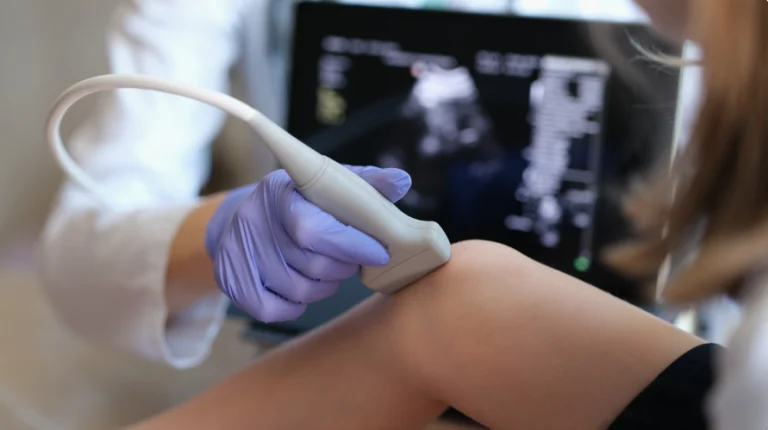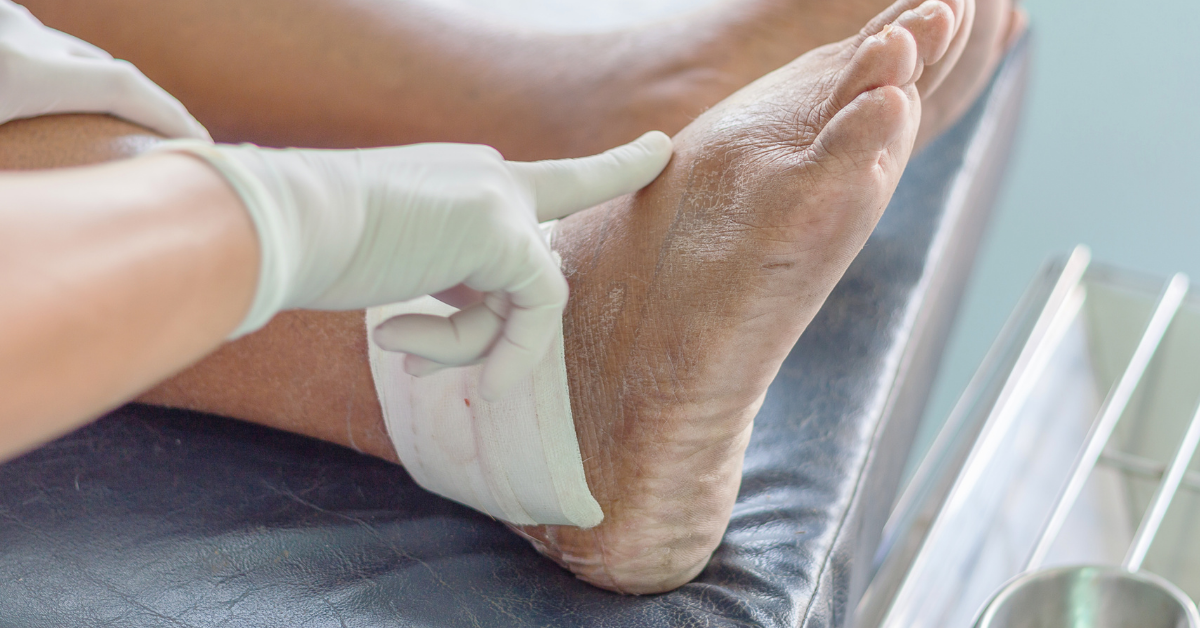Injury recovery and rehabilitation have seen significant advancements in recent years, particularly with the introduction of guided physical therapy treatments. This innovative approach combines advanced technology and targeted care, providing individuals with a faster, more effective recovery process. Whether you are recovering from a sports injury or managing a chronic condition, guided physical therapy ensures that your treatment plan is personalized and precise, accelerating your journey to full recovery.
What is Guided Physical Therapy Treatment?
Guided physical therapy treatments are a modern approach to rehabilitation that uses advanced technologies to ensure accuracy and precision in care. Unlike traditional methods, which rely primarily on subjective assessments and standard treatment plans, guided therapy leverages tools like musculoskeletal ultrasound (MSK ultrasound) to visualize the injury in real time, guiding the therapist through specific, targeted interventions.
MSK ultrasound, a cutting-edge imaging technology, allows physical therapists to observe soft tissues like muscles, tendons, and ligaments as they move, enabling a more comprehensive understanding of the injury. This dynamic assessment ensures that the chosen treatment is the most effective for the specific condition, reducing the guesswork and trial-and-error often associated with conventional rehabilitation.
How Guided Physical Therapy Improves Injury Rehabilitation
The main advantage of guided physical therapy is its ability to provide real-time imaging and dynamic assessment of the injury, which enhances the overall treatment process. Traditional methods often rely on static images, like X-rays or MRIs, that capture a moment in time. In contrast, guided therapy allows the therapist to monitor and assess tissues while they are in motion, providing valuable insights into the injury’s behavior during physical activity.
This real-time imaging helps pinpoint the exact location of the injury, the severity, and how it behaves under stress or movement. As a result, therapists can adjust treatments on the fly, ensuring that every step is tailored to the patient’s unique condition. This leads to more accurate interventions, better outcomes, and faster recovery times.
The Benefits of Guided Physical Therapy
Increased Accuracy: Guided physical therapy ensures precise diagnosis and treatment, reducing the risk of misdiagnosis. By using real-time imaging, physical therapists can confirm the extent of the injury and the exact tissue structures involved, leading to more effective treatments.
Personalized Treatment Plans: Each injury is unique, and guided therapy allows therapists to create highly personalized treatment plans based on the real-time data gathered during the assessment. These tailored approaches ensure that patients receive the most effective therapy for their specific condition.
Faster Recovery Times: Because treatments are guided by detailed, real-time insights, patients often experience faster recovery times. Accurate diagnosis and treatment mean that patients can begin healing sooner and with less disruption to their daily lives.
Non-Invasive Treatments: Unlike some therapies that may require injections or other invasive procedures, guided physical therapy is typically non-invasive, minimizing discomfort and recovery time for patients. This makes it an appealing option for those looking to avoid surgery or more invasive treatments.
Common Guided Physical Therapy Techniques
Several techniques are enhanced by guided physical therapy, providing significant benefits in the rehabilitation process. Some of the most common include:
- Ultrasound-Guided Injections: Using MSK ultrasound, therapists can guide injections for conditions such as tendonitis, bursitis, or muscle tears. This technology ensures the precise placement of medication, reducing pain and inflammation more effectively than traditional methods.
- Dry Needling: Dry needling is an effective treatment for muscle tension and trigger points. Ultrasound guidance allows therapists to accurately target the affected areas, improving the precision of the treatment and accelerating the healing process.
- Manual Therapy: Guided manual therapy, such as joint mobilization or soft tissue massage, can be enhanced using MSK ultrasound. This ensures that physical therapists are targeting the right areas with the right level of pressure, reducing discomfort and improving therapeutic outcomes.
Conditions Treated with Guided Physical Therapy
Guided physical therapy is effective for treating a wide range of musculoskeletal injuries and conditions. Some of the most common include:
- Rotator Cuff Injuries: MSK ultrasound allows physical therapists to visualize the rotator cuff tendons and assess the extent of inflammation or tears, enabling more accurate treatment plans.
- Plantar Fasciitis: Guided ultrasound can help assess the thickness and condition of the plantar fascia ligament in the foot, allowing for more precise treatment for heel pain caused by this condition.
- Knee Injuries: MSK ultrasound can provide detailed images of the meniscus and ligaments in the knee, enabling accurate diagnosis of tears or strains and guiding interventions like injections or manual therapy.
- Patellar Tendinitis (Jumper’s Knee): By visualizing the patellar tendon, physical therapists can target areas of inflammation or degeneration with precision, improving recovery time.
- IT Band Syndrome: Guided therapy helps assess and treat irritation in the iliotibial band, a common injury among runners and cyclists, ensuring more effective relief of pain and inflammation.
Why Choose Guided Physical Therapy for Your Recovery?
Opting for guided physical therapy provides numerous advantages over traditional rehabilitation methods. With its ability to deliver accurate diagnosis, personalized treatment, and faster recovery times, guided therapy is the ideal choice for individuals seeking the most effective and efficient route to recovery.
At clinics offering advanced rehabilitation technologies like MSK ultrasound, physical therapists have access to real-time imaging that significantly enhances their ability to create tailored treatment plans. These personalized plans ensure that patients receive targeted interventions that address the specific needs of their condition.
Furthermore, guided physical therapy plays a crucial role in the long-term recovery process. By accurately diagnosing and treating injuries, patients are less likely to experience recurring issues, which is vital for preventing reinjury and promoting overall health and wellness.
Getting Started with Guided Physical Therapy
If you are dealing with a sports injury, chronic condition, or muscle strain, guided physical therapy can provide the precise care you need to recover faster. Here’s how to get started:
- Find a Qualified Physical Therapist: Look for physical therapy clinics near you that specialize in guided physical therapy treatments. Many clinics, such as those offering MSK ultrasound, have trained therapists who can provide the care you need.
- Book a Consultation: Contact a clinic to schedule a consultation with a physical therapist. During your appointment, they will assess your injury and discuss treatment options based on your unique needs.
- Start Your Treatment Plan: Once you’ve received your diagnosis, your physical therapist will create a personalized treatment plan using the latest guided therapy techniques. With their expertise and cutting-edge tools, you’ll be on your way to recovery in no time.
Takeaway
Guided physical therapy treatments are transforming the way injuries are treated. By using advanced technologies like MSK ultrasound, physical therapists can provide real-time imaging and personalized care that lead to more accurate diagnoses and faster recovery times. Whether you’re recovering from a sports injury or managing a chronic condition, guided therapy offers a non-invasive and highly effective solution for your rehabilitation needs.






